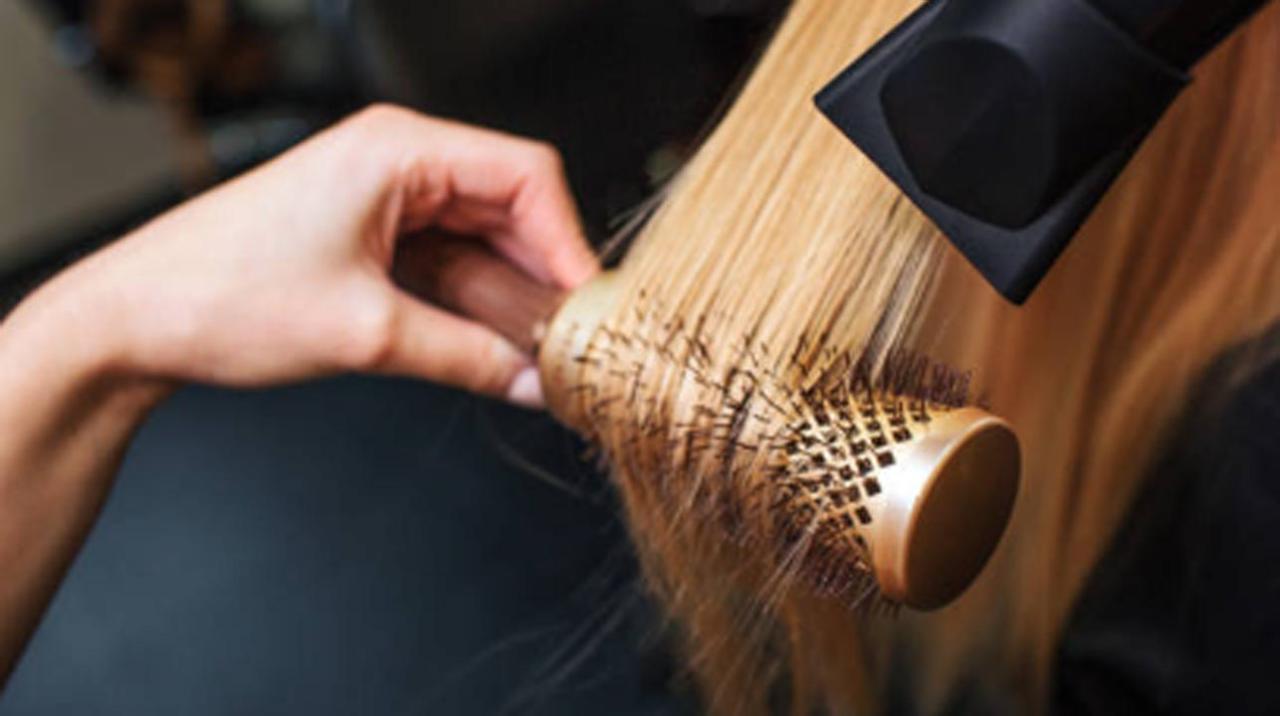Hair products often contain ingredients that easily evaporate, so users may inhale some of these chemicals, potentially posing health risks

Image for representational purposes only. Photo Courtesy: iStock
Love to straighten and curl your hairs? It may have health repercussions, revealed researchers who studied indoor emissions of volatile organic compounds (VOCs) including siloxanes which shine and smooth hair.
ADVERTISEMENT
VOCs are compounds that have a high vapour pressure and low water solubility.
Hair products often contain ingredients that easily evaporate, so users may inhale some of these chemicals, potentially posing health risks.
In the study, published in the journal Environmental Science & Technology, researchers showed that using these hair care products can change indoor air composition quickly, and common heat styling techniques increase VOC levels even more.
Some prior studies have examined the amounts of siloxanes released from personal care products. But most focused on products that are washed off the body, such as skin cleansers, which might behave differently from products that are left on the hair, like creams or oils.
In addition, most previous studies on siloxane emissions haven't looked at the real-time, rapid changes in indoor air composition that might occur while people are actively styling hair.
The team led by Nusrat Jung’s Purdue University wanted to fill in the details about VOCs released from hair products, especially in real-world scenarios such as small bathrooms where they're typically applied.
The researchers set up a ventilated tiny house where participants used their usual hair products -- including creams, sprays and oils -- and heated tools.
Before, during and after hair styling, the team measured real-time emissions of VOCs including cyclic volatile methyl siloxanes (cVMS), which are used in many hair care products.
The mass spectrometry data showed rapid changes in the chemical composition of air in the house and revealed that cVMS accounted for most of the VOCs that were detected.
Emissions were influenced by product type and hair length, as well as the type and temperature of the styling tool. Longer hair and higher temperatures released higher amounts of VOCs.
As a result of their findings, the researchers estimated that a person's potential daily inhalation of one cVMS, known as D5, could reach as much as 20 mg per day.
In the experiments, turning on an exhaust fan removed most of the air pollutant from the room within 20 minutes after a hair care routine was completed, but the scientists note that this practice could affect outdoor air quality in densely populated cities.
They say studies of the long-term human health impacts of siloxane exposure are urgently needed, because most findings are from animal studies.
This story has been sourced from a third party syndicated feed, agencies. Mid-day accepts no responsibility or liability for its dependability, trustworthiness, reliability and data of the text. Mid-day management/mid-day.com reserves the sole right to alter, delete or remove (without notice) the content in its absolute discretion for any reason whatsoever
 Subscribe today by clicking the link and stay updated with the latest news!" Click here!
Subscribe today by clicking the link and stay updated with the latest news!" Click here!







